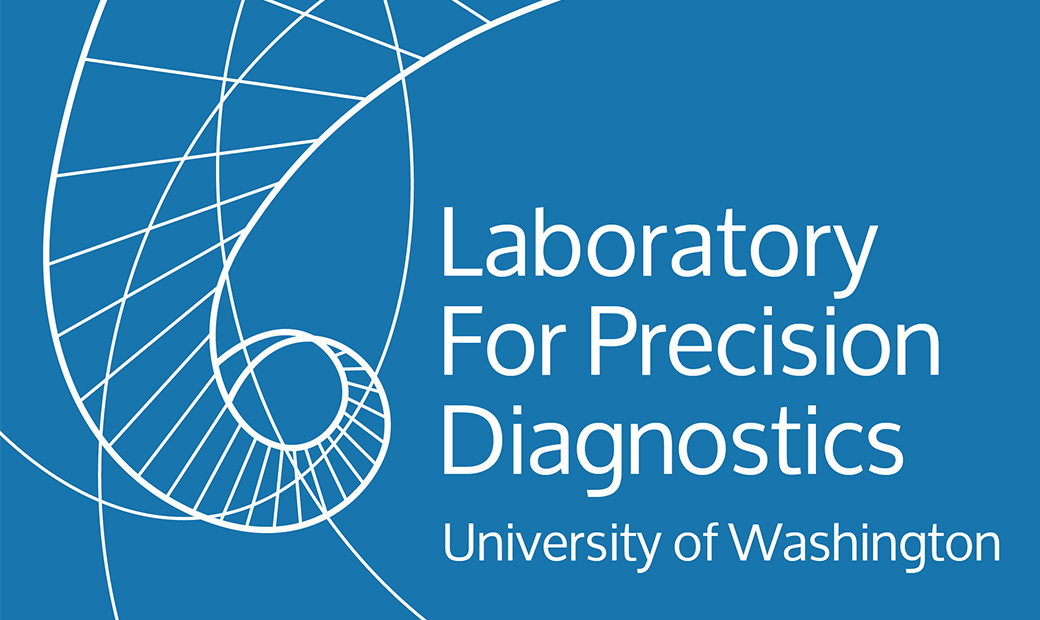Genes
AMER1, CA2, CLCN7, CTSK, FAM20C, FERMT3, LEMD3, LRP5, OSTM1, PLEKHM1, SNX10, TCIRG1, TNFRSF11A, TNFSF11
Test Guide
The CDL offers a 14 gene panel examining genes associated with autosomal dominant and recessive forms of osteopetrosis (AMER1, CA2, CLCN7, CTSK, FAM20C, FERMT3, LEMD3, LRP5, OSTM1, PLEKHM1, SNX10, TCIRG1, TNFRSF11A, and TNFSF11). Osteopetrosis is a bone disease that results in unusually dense bones that are prone to fracture. Autosomal dominant osteopetrosis is the most common form, affecting approximately 1 in 20,000 individuals, and is also the milder form. The major features in these individuals include multiple fractures, scoliosis, arthritis, and osteomyelitis and typically begin to manifest in late childhood or adolescence.
Autosomal recessive osteopetrosis is a more severe form of the disorder with a frequency of approximately 1 in 250,000 individuals. Affected individuals have a high risk of fracture, even from minor bumps and falls and may have short stature, dental abnormalities, and hepatosplenomegaly. The abnormally dense skull bones can pinch cranial nerves resulting in vision and hearing loss. These individuals may also experience problems with abnormal bleeding and recurrent infections due to impaired bone marrow function.
This panel is recommended for individuals with possible autosomal dominant or recessive osteopetrosis.
Methodology
Next Generation Sequencing: Next generation DNA sequencing is performed to identify nucleotide variants in the coding portion of the genome. All nucleotides in the coding exons and their flanking splice junctions are sequenced to a read coverage of greater than 20X. The sequence data are assembled and compared to the published genomic reference sequence. Sanger sequencing is performed if necessary to ensure complete nucleotide coverage of the target sequence and to confirm all reported variants. Human Genome Variation Society (HGVS) recommendations are followed for variant nomenclature and ACMGG/AMP variant interpretation guidelines are followed to assess variant pathogenicity, unless otherwise indicated. The following online databases and in silico analysis tools are routinely used for variant investigation: ClinVar, NHLBI Exome Sequencing Project, 1000 Genomes, dbSNP, Exome Aggregation Consortium (ExAC), available loci specific variant databases, PolyPhen-2, SIFT, Provean, Mutation Taster and Human Splicing Finder.
Specimen Requirements
BLOOD IS PREFERRED.
BLOOD: 2 EDTA (purple top) tubes
Adults: 5-10cc
Children: 3-5cc
Infants: 2-3cc
Whole blood may be stored up to 5-7 days in the refrigerator before shipping.
DNA:
5 µg DNA at a minimum concentration of ≥200 ng/µl
SALIVA:
Oragene Saliva samples are accepted
Special Instructions
Blood samples (or DNA) should be well labeled with patient’s full name and an identifying number.
Ship sample at room temperature with overnight delivery.
Clinical information outlining the indication for the requested tests and pertinent medical history and family history is a necessary component of testing. Please include a clinic note when available.
CPT Code & Cost
81479$1,950.00
